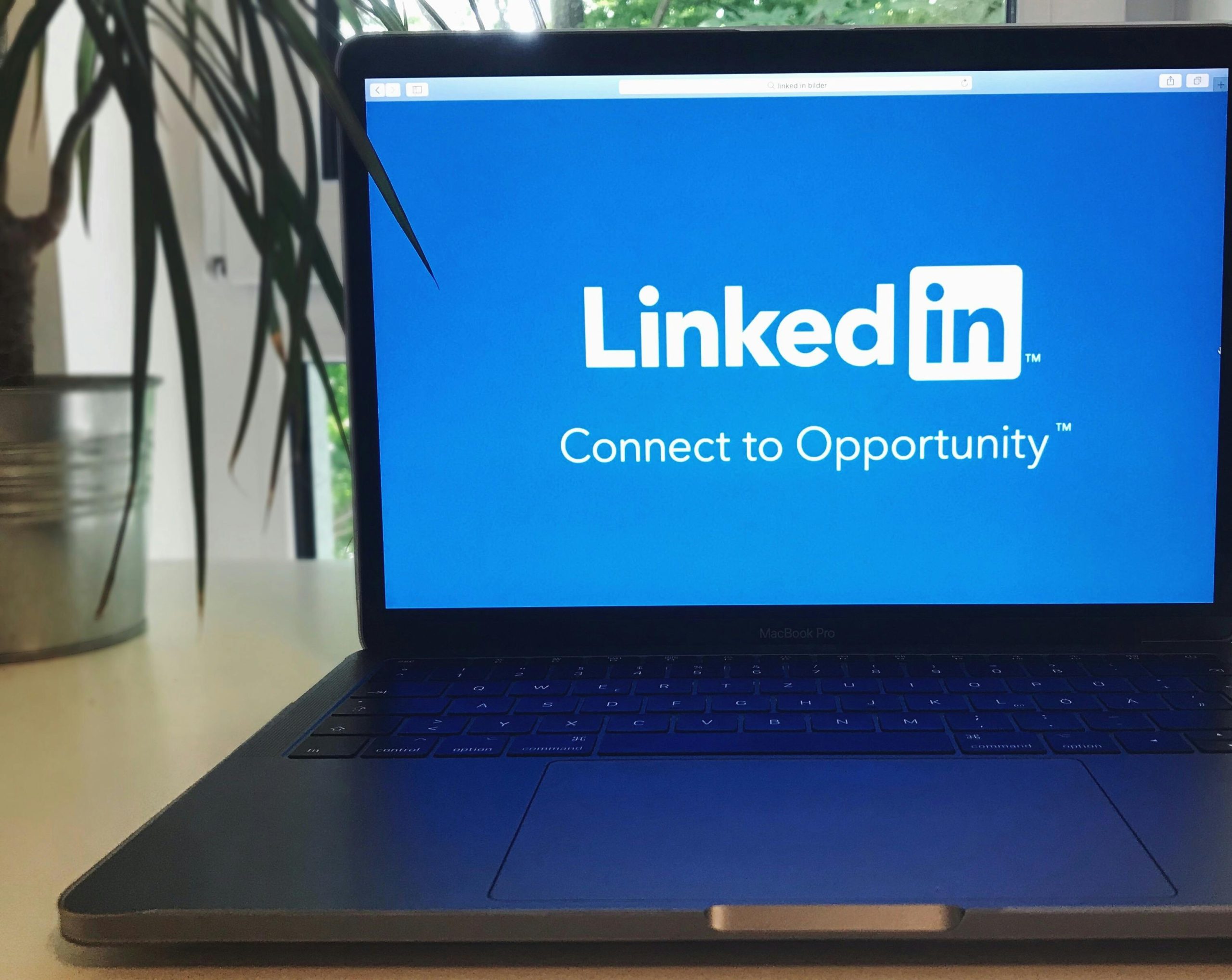Understanding and Resolving Unexpected Logo Display in Google Search Results: A Case Study
Introduction
When managing a personal or business website, visibility in search engine results is crucial. Occasionally, unexpected elements such as logos or snippets can appear, potentially affecting your branding and credibility. This article explores a real-world scenario where a website erroneously displayed a LinkedIn logo in Google search results, despite having a dedicated website. We will analyze the underlying causes and provide actionable solutions to ensure your website is accurately represented in search listings.
Scenario Overview
A website owner purchased a domain approximately a year ago. During the initial phase, since the website was not yet developed, the domain was set to redirect to their LinkedIn profile. Notably, the domain was not registered with Google Search Console during this period. After completing the website’s development, the owner deployed the site to the domain and registered it with Google Search Console to facilitate indexing.
The Problem
Upon the website’s appearance in Google search results, the search snippet displayed the site’s URL but used the LinkedIn logo as the associated favicon or rich snippet image. While the URL functioned correctly, the logo mismatch was perplexing. The owner suspected that the previous redirect to LinkedIn might be influencing Google’s perception of the site. Despite multiple attempts to request URL inspections and efforts to update meta tags and logos, the issue persisted for about a week.
Root Cause Analysis
Google’s search snippets and rich results rely on various signals to display appropriate logos or icons. A common cause of mismatched logos is residual data from prior redirects or incorrect structured data markup. Since the domain previously redirected to LinkedIn, Google’s index might have cached the LinkedIn favicon or associated the website with LinkedIn branding.
Key points include:
-
Cached Data from Redirects: Google may have cached the redirect and associated branding from the LinkedIn profile.
-
Absence of Proper Structured Data: Without explicit schema markup specifying the website’s logo, Google relies on available hints, which might be outdated or incorrect.
-
No Verification in Search Console: Not registering the domain early in Google Search Console can result in outdated or incomplete indexing data.
Solutions and Best Practices
-
Remove or Update Redirects
-
Ensure that the domain no longer redirects to LinkedIn. Set up permanent (301) redirects from the old redirect to the new website if necessary. Verify no residual redirects exist in your hosting or DNS settings.
-
Clear Cached Data
-
Use Google Search Console’s URL Inspection Tool to request

